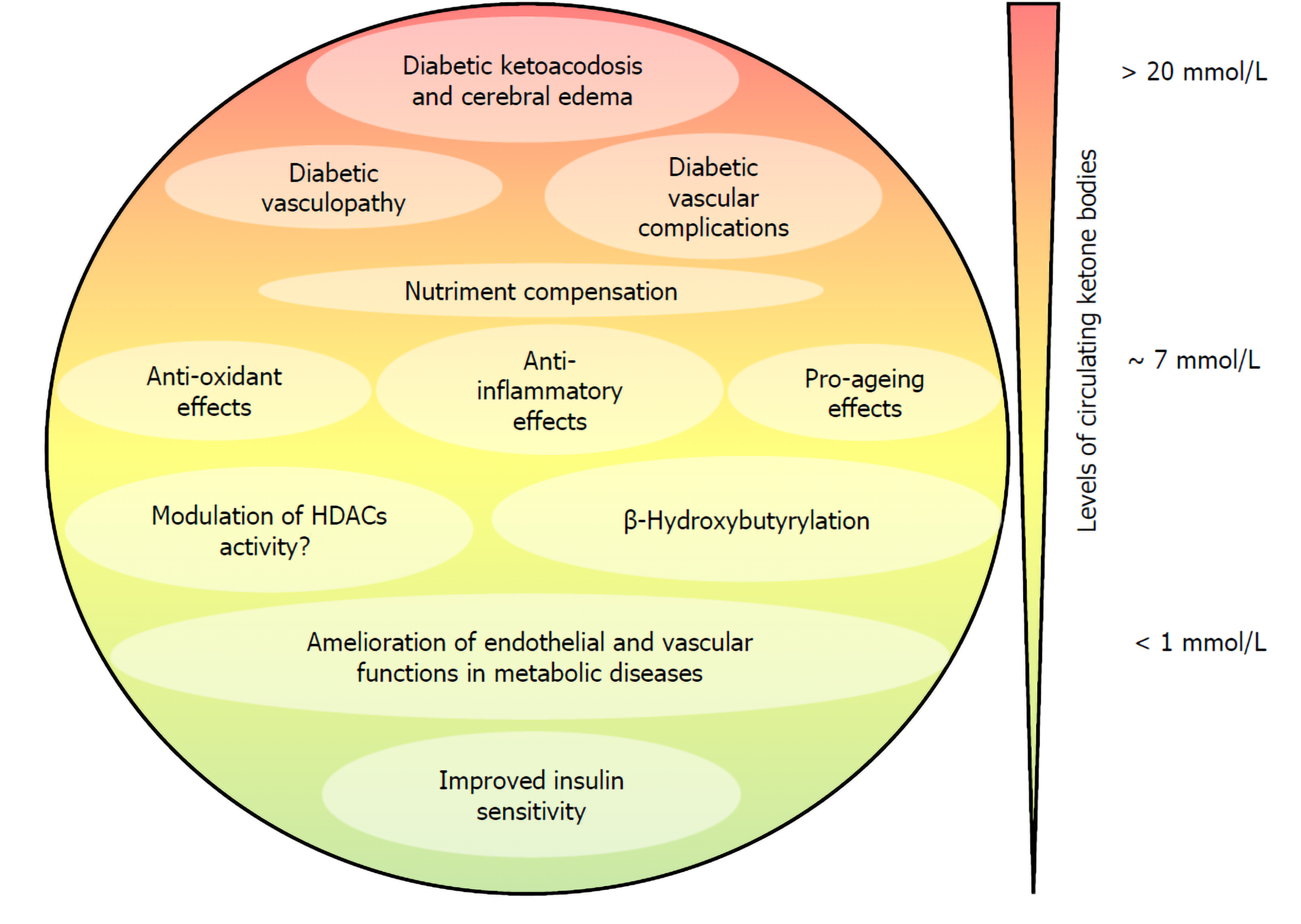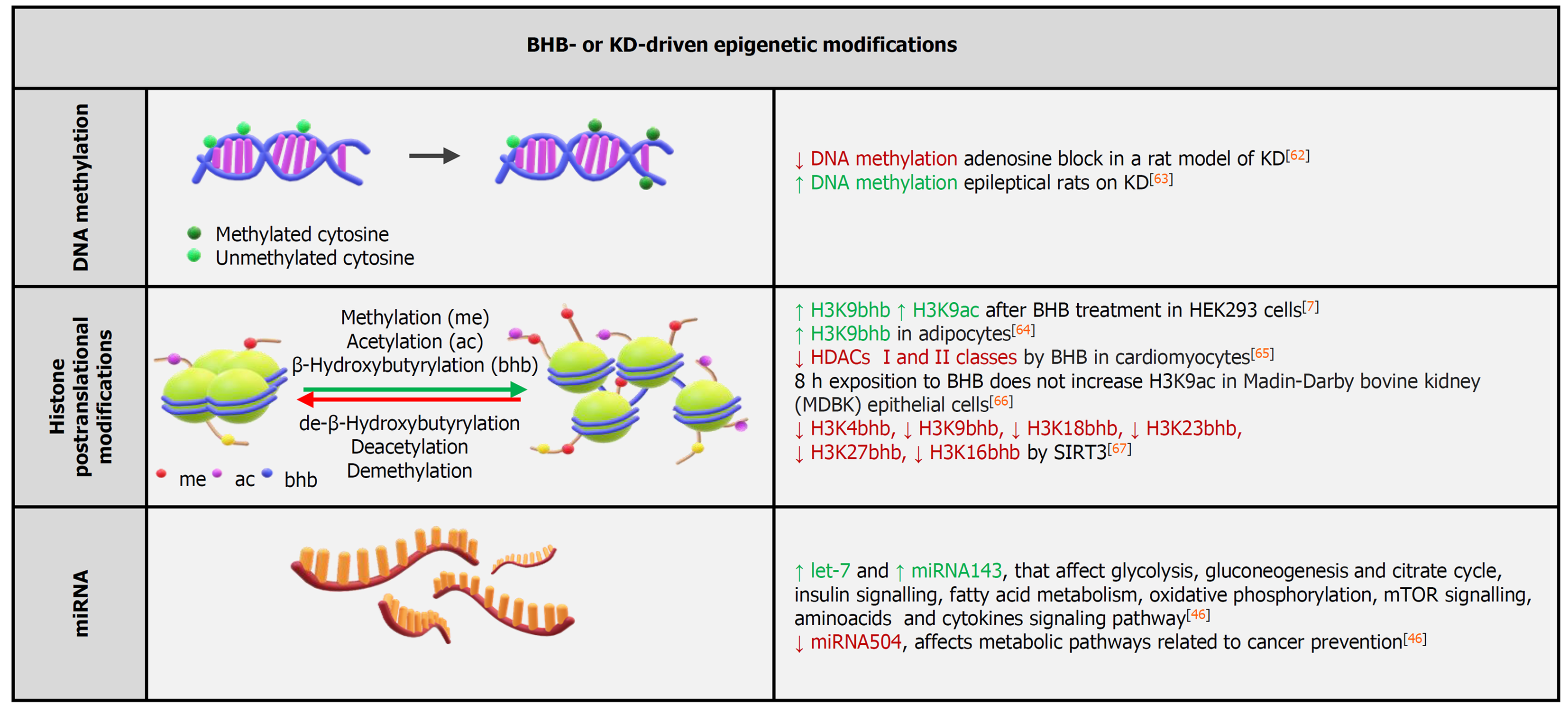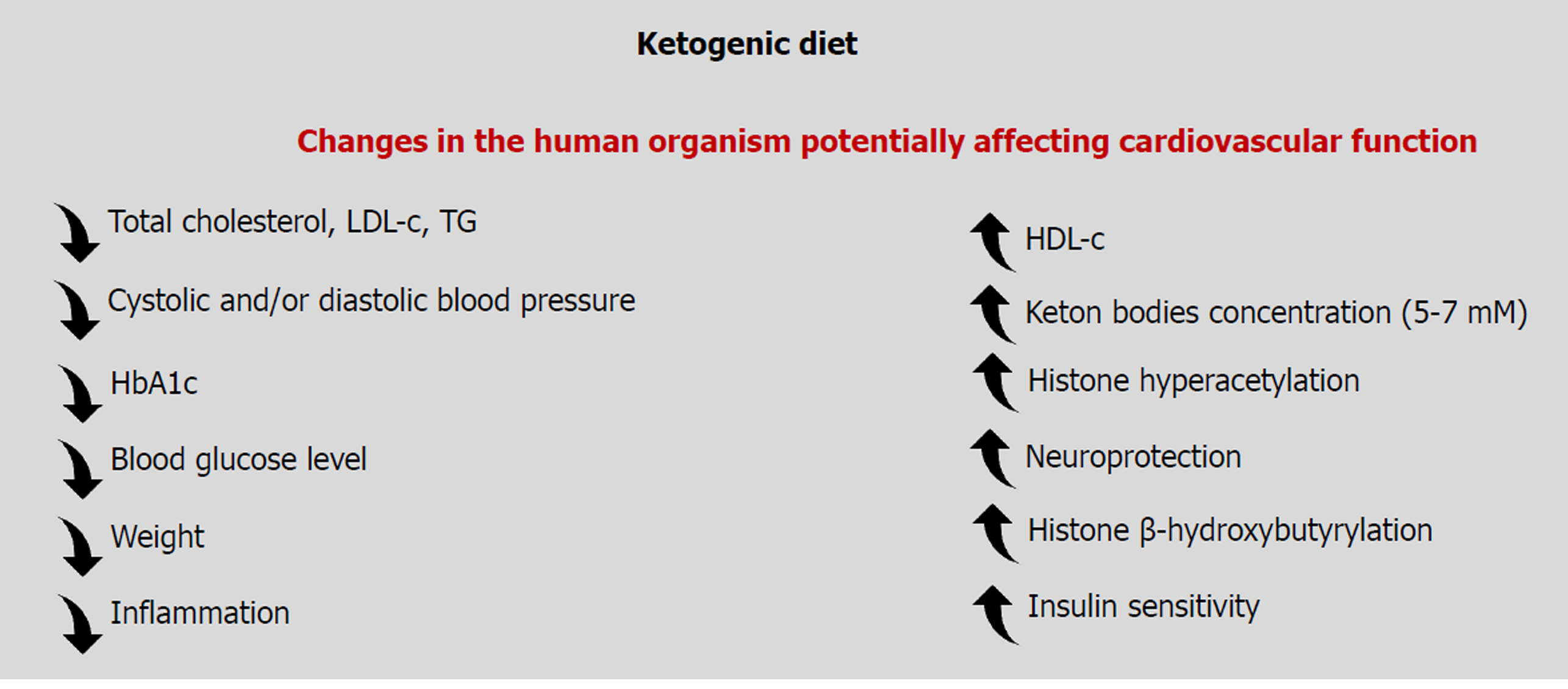Copyright
©The Author(s) 2020.
World J Diabetes. Dec 15, 2020; 11(12): 584-595
Published online Dec 15, 2020. doi: 10.4239/wjd.v11.i12.584
Published online Dec 15, 2020. doi: 10.4239/wjd.v11.i12.584
Figure 1 Concentration dependency of the biochemical and physiological responses to ketone bodies.
Low to medium concentrations of ketone bodies, attained through fasting, ketogenic diet, or physical effort, convey physiologically beneficial effects. Conversely, pathological ketone body concentrations, observed in diabetic ketoacidosis, contribute to the disease morbidity and can be life threatening. HDACs: Histone deacetylases.
Figure 3 In vitro and in vivo responses to ketone bodies are dependent of their concentrations, with low to moderate concentrations exerting beneficial effects on the endothelium and the cardiovascular system and high concentrations typical of diabetic ketoacidosis being detrimental.
AcAc: Acetoacetate; BHB: β-hydroxybutyrate; HUVECs: Human umbilical vein endothelial cells; ICAM-1: Intercellular-1 adhesion molecule; IL: Interleukin; KB: Ketone bodies; LFA-1: Lymphocyte function-associated antigen-1; MCP1: Monocyte chemotactic protein-1.
Figure 4 Summary of the physiological changes occurring upon assumption of a ketogenic diet that affects cardiovascular function.
HbA1c: Hemoglobin A1c; HDL-c: High-density lipoprotein cholesterol; LDL-c: Low-density lipoprotein cholesterol; TG: Triglycerides.
- Citation: Nasser S, Vialichka V, Biesiekierska M, Balcerczyk A, Pirola L. Effects of ketogenic diet and ketone bodies on the cardiovascular system: Concentration matters. World J Diabetes 2020; 11(12): 584-595
- URL: https://www.wjgnet.com/1948-9358/full/v11/i12/584.htm
- DOI: https://dx.doi.org/10.4239/wjd.v11.i12.584
















